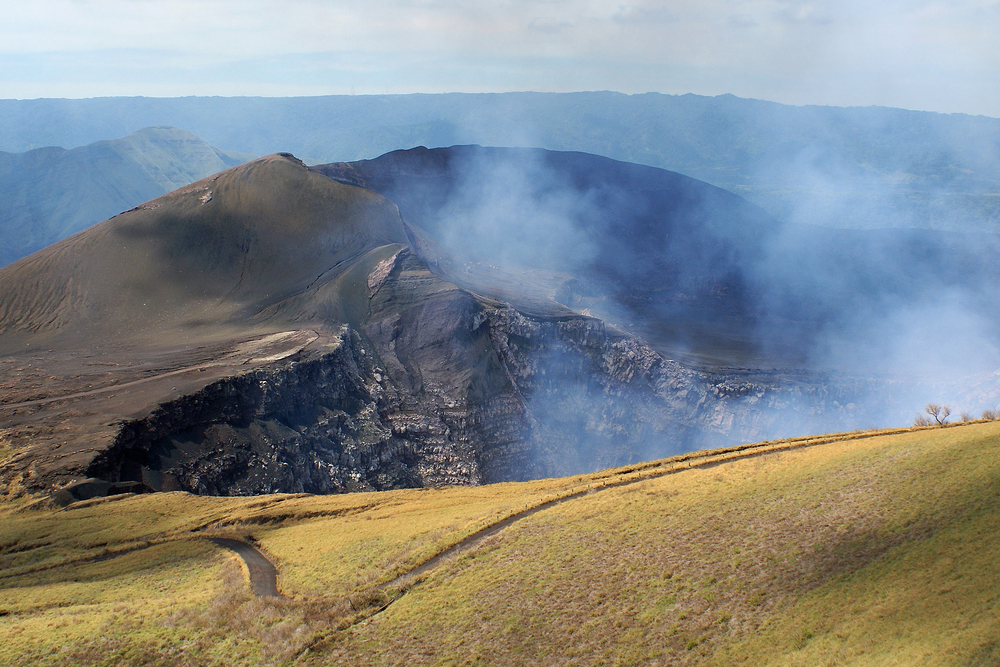Cerro Saslaya Overview
Cerro Saslaya National Park, known locally as Parque Nacional Cerro Saslaya, is a protected area located in northeastern Nicaragua. Covering approximately 163 square miles (422 square kilometers), it is the heart of the Bosawás Biosphere Reserve, one of the largest tropical rainforest reserves in Central America.
Situated in the rugged highlands of the Mosquitia region, the park is largely remote and serves as a critical stronghold for biodiversity. It is named after Cerro Saslaya, the tallest mountain in the region, which reaches an elevation of approximately 5,380 feet (1,640 meters) above sea level.
The park’s landscape is a mix of dense rainforests, cloud forests, and lowland tropical vegetation, offering a striking contrast between its mist-covered peaks and the lush valleys below. Numerous rivers and streams crisscross the terrain, feeding into larger river systems that sustain both the park’s ecosystem and local communities.
The park’s dense forests are teeming with plant life, featuring towering mahogany and ceiba trees, as well as a rich understory filled with ferns, orchids, and bromeliads. The humid environment supports a vast array of wildlife, including some of Central America’s most elusive species. Jaguars, pumas, and ocelots roam the depths of the jungle, preying on smaller mammals such as agoutis and peccaries.
Baird’s tapir, the largest land mammal in Central America, can occasionally be spotted moving through the thick vegetation. Birdwatchers are particularly drawn to the park due to its incredible avian diversity, including the resplendent quetzal, great green macaw, harpy eagle, and toucans.
Reptiles and amphibians are also abundant, with colorful poison dart frogs, emerald basilisk lizards, and a variety of snakes, including the feared fer-de-lance, making their home in the park.
One of the park’s biggest draws is its untouched wilderness, making it an exceptional destination for those seeking an off-the-beaten-path adventure. Hiking is the most common way to experience the park, though trails can be difficult due to the rugged terrain and dense foliage. Experienced guides are highly recommended, as navigation can be challenging, and the wildlife encounters can be unpredictable.
The ascent to Cerro Saslaya itself is a strenuous yet rewarding endeavor, offering breathtaking panoramic views over the rainforest. Birdwatching excursions are another popular activity, particularly for those hoping to catch a glimpse of rare and endangered species in their natural habitat. The park’s numerous rivers provide opportunities for canoeing and wildlife spotting along the water’s edge.
Despite its ecological importance, Cerro Saslaya National Park faces significant conservation challenges. Deforestation, largely driven by illegal logging and agricultural expansion, threatens the integrity of the park’s ecosystem. Poaching and human encroachment have also put pressure on key wildlife populations.
However, conservation efforts have seen some success through increased governmental protections and partnerships with international organizations focused on preserving the Bosawás Biosphere Reserve. Community-led ecotourism initiatives have also gained traction, providing local residents with sustainable economic alternatives while promoting conservation awareness.
The park remains one of Nicaragua’s last great wilderness areas, offering a glimpse into the country’s rich natural heritage while serving as a vital refuge for some of Central America’s most iconic wildlife.











































































